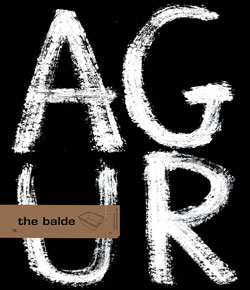the voyage of the dead
Francois Augieras wasn't a traveller. He was an impatient migrant. He was a poet of open landscapes and a searcher for forbidden eroticism. It's indispensable to separate the life and the work of this writer and painter who went from one place to another looking for happiness. Free, naked, marginal, insatiable and a creator and protector of mysterious works of art ... Welcome to Francois Augieras's voyage of the dead. Francois Augieras was born at Rochester, New York, in 1925 and died at Perigueux, France, in 1971. His father was a French pianist, his mother a Polish housewife. In 1933, his father's death forced his mother to move back to France, to Perigueux. Although Francois spent the last years of his life in a cave near his hometown, he also lived in Algeria, Mali, Mauritania and Greece. As well as living on the mountain of Athos, Greece, as a monk - he was expelled - Africa was his life and work's landscape. He did numerous different jobs there. Sometimes he was a shepherd and a hunter, but his main occupation was writing, painting and bodily pleasures. In his writings his consciousness of living a marginal life is clear. In his beautiful book Le voyage des morts, Augieras writes about being beaten up after leaving a brothel, forbidden sex with construction workers, the dusty, wild poetry of the desert and the flavour of the penicillin he took to cure his syphilis. Francois Augieras was also a painter. In the 50's he painted all the inside of a German bunker from the second world war in an unknown part of Africa. When he went back there a decade later, it had been darkened by smoke and covered in graffiti. He painted it once more and, after locking it up, covered it in sand to hide it. One of Augieras' admirers, the artist Miquel Barcelo, and the film-maker Isaki Lakuesta (Cravan vs. Cravan, La leyenda del tiempo) are going to set out to look for the bunker at the end of this year. Barcelo, becoming a sort of alter- ego of Augieras, is going to start to journey to search for the hidden paintings. They intend to make a film, Los pasos Dobles, with the results they obtain.



